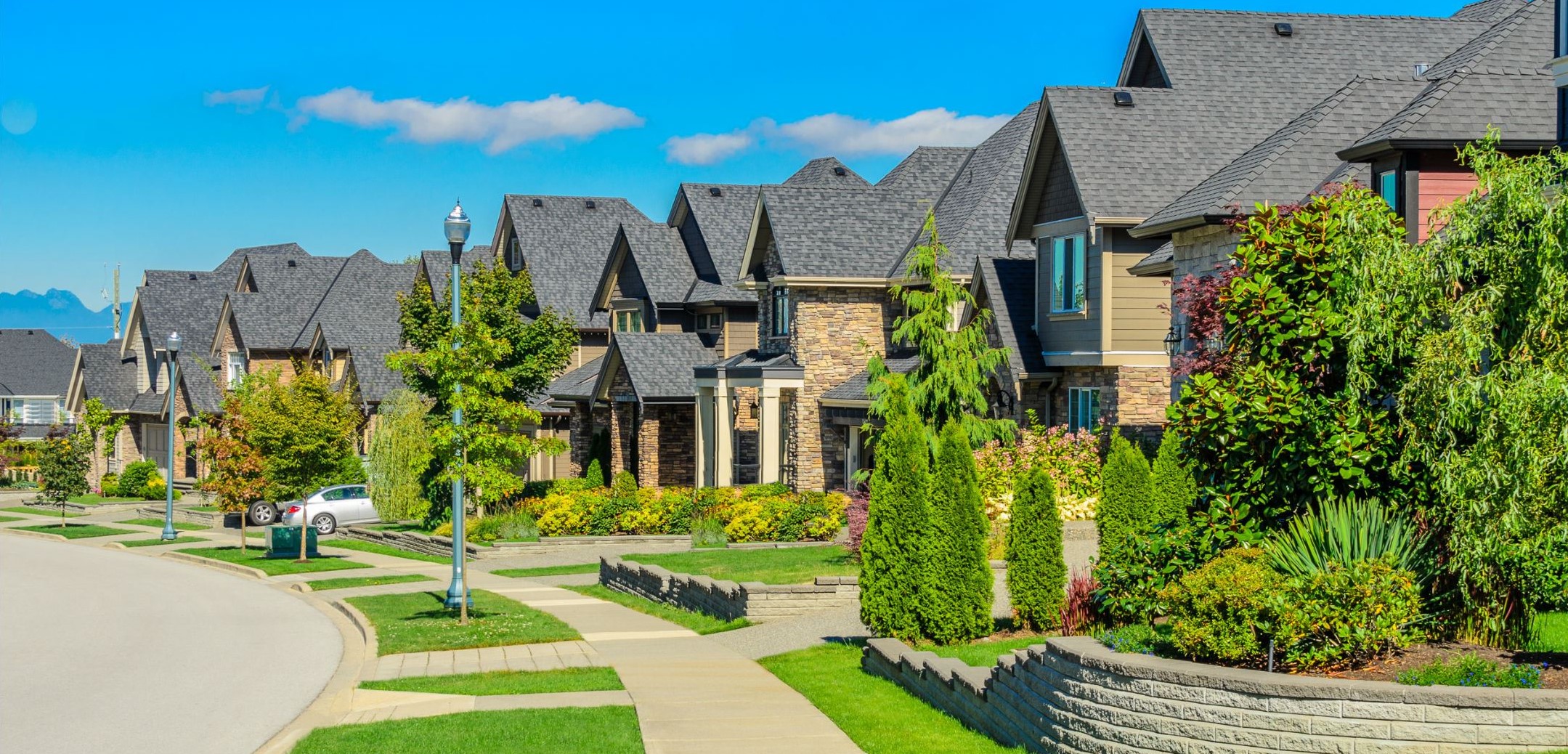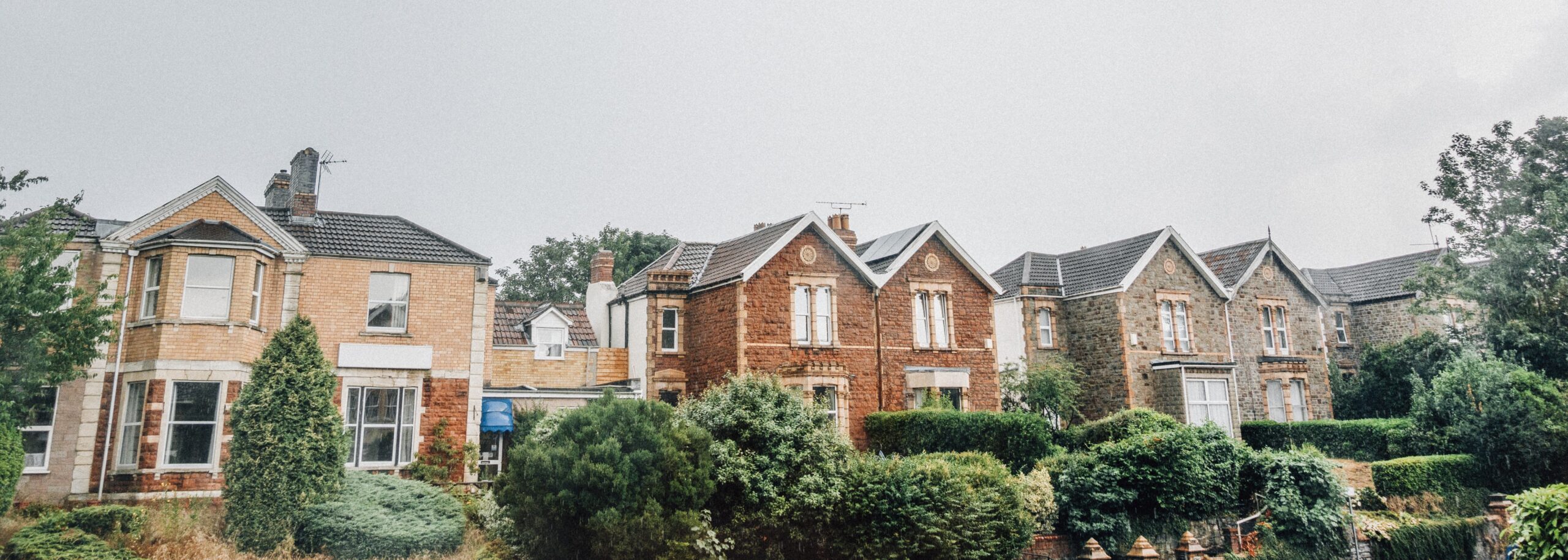The Public Housing Program is a critical aspect of government support for affordable housing. It offers assistance to those in need.
In this article, we’ll explore the ins and outs of this program, such as its purpose, benefits, eligibility criteria, etc. So, let’s get started as we unravel the complexities of public housing and its significance in society.
Key Principles and Goals of the Program
The essence of the Public Housing Program lies in providing affordable housing options for low-income individuals and families. Otherwise, they may struggle to find suitable accommodation in the private market. The low-income public housing program is one of the most important programs among federal programs for affordable housing.
Usually, government agencies administer this program at the federal, state, or local levels. Addressing housing needs for those who cannot afford market-rate housing is the goal here. The main goals and what program helped fund public housing projects include:
1. Affordability
The primary aim of public housing programs is to offer housing options at affordable prices for low-income households.
Individuals and families can access safe and decent housing without experiencing financial hardship. This has become possible thanks to the public housing program.
2. Stability
Public housing provides stability for residents. It also offers long-term housing solutions. This stability is particularly important for vulnerable populations.
Such groups include the elderly, individuals with disabilities, families with children, low-income citizens, etc.
3. Quality Standards
The program not only wants to provide housing at an affordable rate but also make the housing standard. This makes sure residents live in safe and habitable environments.
Regular maintenance, repairs, and upgrades are necessary for public housing units to meet health and safety requirements.
5. Reducing Homelessness
Affordable housing options are one of the keys to solving the homelessness problem. The low-income public housing program offers stable housing solutions to vulnerable individuals and families.
Otherwise, specific groups are at risk of experiencing homelessness Thus, this program is working to reduce homelessness.
Overall, the Public Housing Program plays a crucial role in addressing housing inequality and promoting social welfare by providing affordable and stable housing options for those in need.
Participants and Target Audience
Public housing is available exclusively to low-income individuals and families. Eligibility for public housing is determined by the Housing Authority (HA) based on three main criteria:
● Annual gross income
● Whether the individual or family qualifies as elderly, disabled, or a family unit
● U.S. citizenship or eligible immigration status.
If an individual or family meets these eligibility requirements, the HA will conduct reference checks. Applicants whose habits and practices might have a negative impact on other tenants or the environment of the public housing project may be denied admission.
The HAs utilize income limits established by HUD (U.S. Department of Housing and Urban Development). These limits set lower income and very low-income thresholds respectively at 80% and 50% of the median income for their respective area.
Since income limits can vary from one area to another, an applicant may be eligible with one HA but not with another serving a different community.
To determine eligibility based on income levels for their specific area and family size, applicants can consult with their local HA office directly. Alternatively, this information is also available online through HUD resources.
Features and Benefits of the Program
The Public Housing Program encompasses several features and benefits that aim to address housing needs for low-income individuals and families:
Affordability: The primary benefit of the Public Housing Program is that it provides affordable housing options for low-income individuals and families.
Stability: Public housing offers stability for residents regarding long-term housing solutions. It reduces the risk of homelessness and housing instability.
Improved Quality of Life: The Public Housing Program improves the quality of life for residents and promotes better health outcomes and overall well-being.
Social and Economic Inclusion: Public housing promotes social and economic inclusion by offering access to housing for marginalized populations. Such populations include but are not limited to the elderly, individuals with disabilities, and families with children.
Application Process and Housing Acquisition
The application must be completed in writing. Either you or an HA representative will assist with this process. The HA typically requires the following information to assess eligibility:
● Names, date of birth date, sex of all individuals who would reside in the unit
● Relationship to the head of the family of every member of the household
● Your current phone number and address
● Any characteristics of the family such as veteran status or circumstances that may qualify for selection preferences
● Names and addresses of your current and previous landlords for assessing suitability as a tenant
● An estimated income of your family over the next twelve months along with its sources
● Employer names, bank details, and any other information needed by the HA to verify income & deductions as well as family composition
● A home visit from PHA representatives may also occur to evaluate how you manage your current residence
Role of Government and Non-Governmental Organizations
HA stands for Housing Authority. It has the responsibility for managing and operating public housing programs by HUD in its area. Here’s a brief look into some of its most important roles.
1. Ongoing functions:
a. Making sure that both parties comply with the lease agreements
b. Setting additional charges such as utility consumption, security deposit, etc
c. Frequent examination of household income. It should be done at least once every year.
d. Facilitating transfers of families for various reasons
e. Terminating leases (if and when necessary)
f. Continuous development in decent and safe conditions
2. Sometimes HAs also provide other services including opportunities for competent families to become homeowners, various training opportunities, etc.
Conclusion
The Public Housing Program plays a vital role in solving the housing problem in the USA. It provides affordable housing options for low-income individuals and families across the United States. Government funding and local housing authorities together fulfill the tasks of this program.
It is essential to continue supporting initiatives that promote sustainable development while advocating for policies that prioritize equitable living conditions for everyone.

